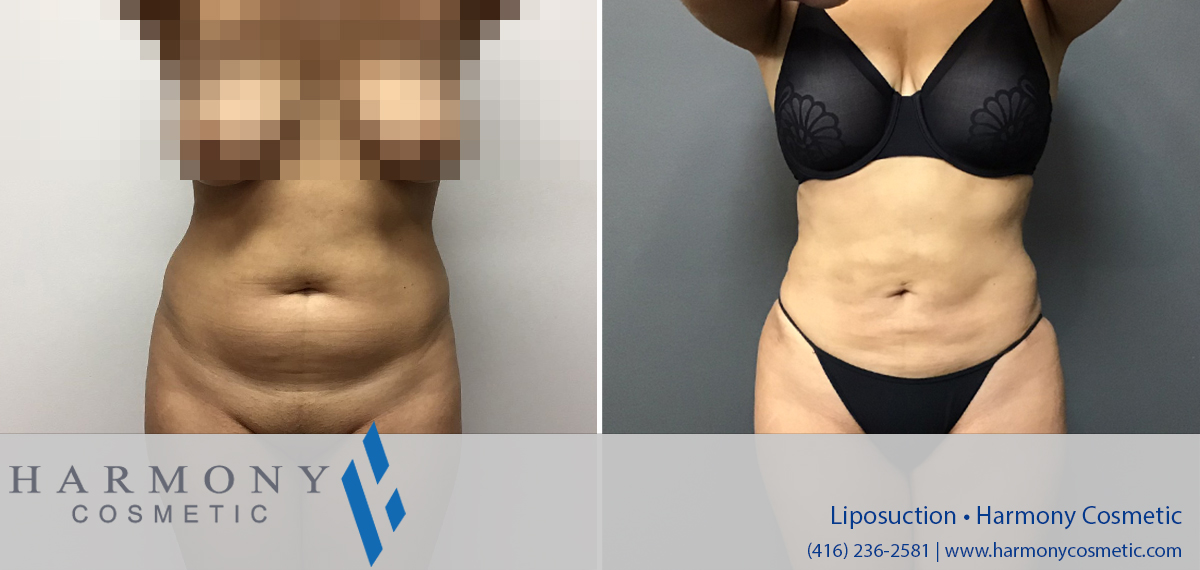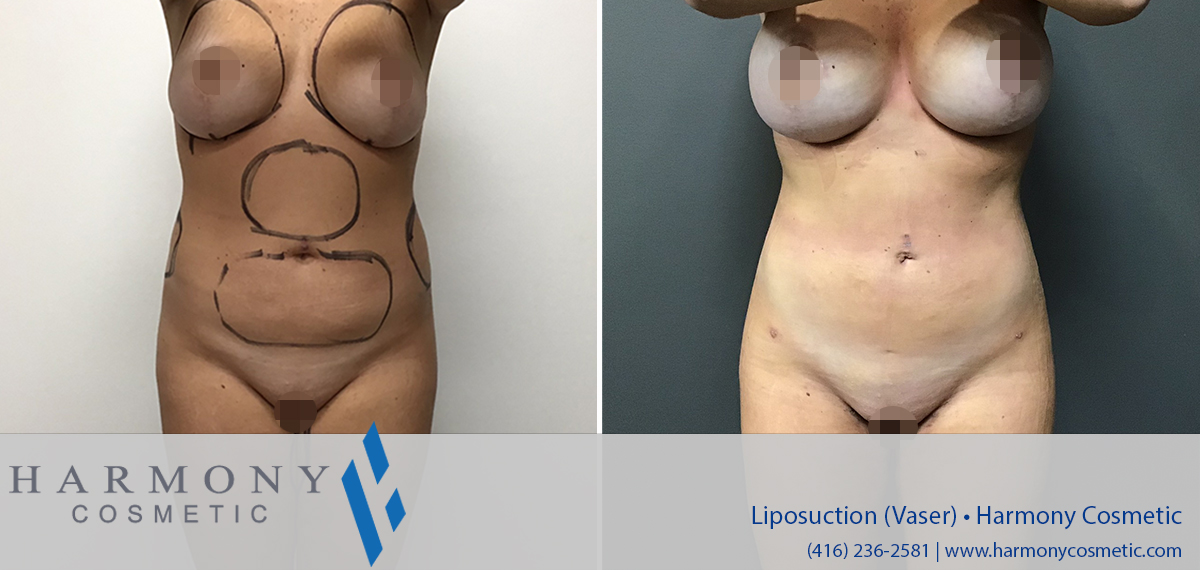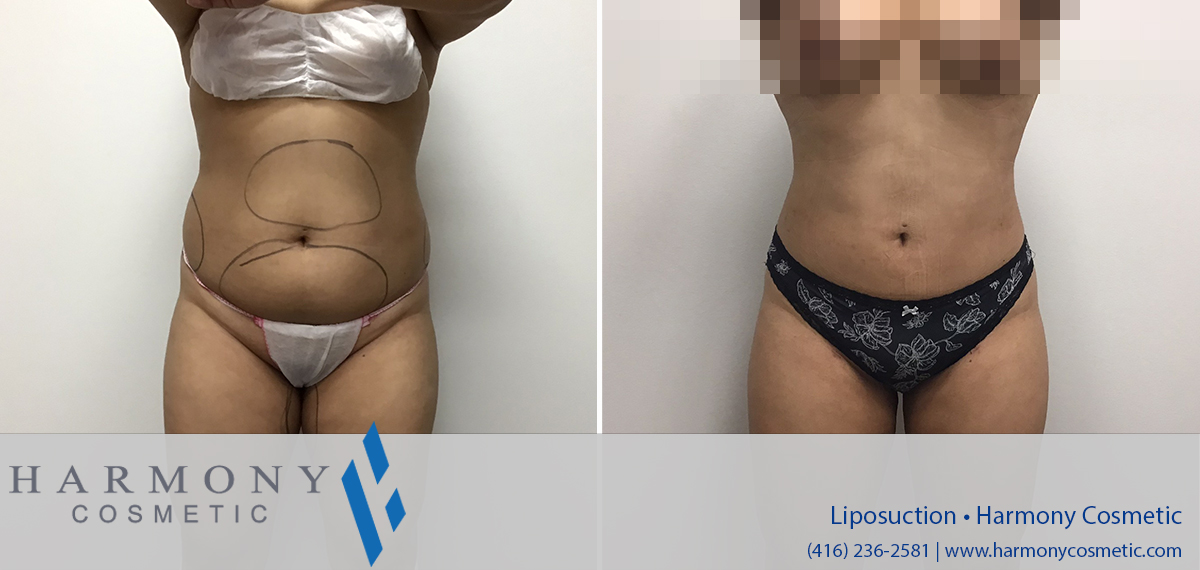Liposuction
Refine the contours of your body
Liposuction
Refine the contours of your body
Liposuction In Toronto
Firm Up Your Flabby Bits
If you eat well, exercise regularly, are close to or at your ideal weight but can’t get rid of stubborn localized fat, then liposuction might be the solution.
Why get liposuction?
- You have tried diet and exercise to rid your body of excess fat deposits but found that nothing works.
- You have excess fat that you want to get rid of. This fat is on your body: arms, waist, hips, thighs. It may also be on your chin and neck.
- You want fast results that are proven to be safe.
Liposuction
Frequently Asked Questions
Can I get liposuction?
What areas can I treat?
- Neck and chin
- Chest, for men and women
- Upper arms
- Abdomen and waist
- Back
- Hips
- Inner and outer thighs
- Inner knee
- Ankles
Can I get liposuction if I'm obese?
Who is not right for liposuction?
- It is not a treatment for obesity or weight issues.
- It is not a substitute for proper diet and exercise.
- It is not a treatment for cellulite.
If you are morbidly obese, suffer from severe depression, body dysmorphia, anorexia nervosa, bulimia or other eating disorders, or have severe health problems that could worsen after surgery, liposuction is not for you. Consult your primary care doctor for a health care plan that will assist you with these types of issues.
How much weight will I lose?
What happens if I gain weight after my surgery?
Liposuction permanently removes existing fat from your body. Once those unwanted fat cells have been suctioned out, you’ll never get them back. However, the remaining fat cells in the treated area can still expand, affecting your results. Fortunately, you’ll always be leaner in the treated areas because there are fewer fat cells. In fact, even with additional weight gain after surgery, studies have shown that patients were still satisfied with their results.
Your lifestyle will determine whether your results will become undone. Make sure to follow a healthy diet and exercise plan.
How much fat can I get removed?
Will it hurt?
A 2006 study found that 75% of patients reported mild to moderate levels of discomfort. Tumescent liposuction offers lasting pain relief, so you won’t feel any discomfort shortly after your surgery. Once the anesthesia wears off, you’ll probably be just mildly to moderately uncomfortable. Pain medication will be prescribed which will make your recovery easier.
I just had a baby. Can I get liposuction?
When will I see my results?
What are the risks of liposuction?
- Bruising
- Change in skin sensation that may persist
- Damage to deeper structures such as nerves, blood vessels, muscles, lungs, and abdominal organs
- Deep vein thrombosis, cardiac and pulmonary complications
- Fluid or blood accumulation
- Irregular contours or asymmetry
- Persistent swelling
- Rippling or loose skin, worsening of cellulite
Many of these complications can be avoided by precisely following Dr. Levine’s pre- and post-operative instructions. Even with the potential risks associated with liposuction, the occurrence of complications is extremely low. In a study of over 3500 liposuction patients, there was no incidence of deep thrombosis, pulmonary embolism, hypotension, or respiratory distress. No hematoma (blood pooling under the skin), or damage to adjacent organs occurred. This makes liposuction a statistically safe procedure for a normally healthy adult.
These risks and others will be fully discussed prior to your consent. It is important that you address all your questions directly with Dr. Levine.
Recovery
Length Of Surgery
Back At Work
Liposuction
Before & After Photos
Firm Up Your Flabby Bits
If you have tried diet and exercise to rid your body of excess fat deposits but found that nothing works, you have excess fat that you want to get rid of and this fat is on your body: arms, waist, hips, thighs and buttocks. It may also be on your chin and neck and you want fast results that are proven to be safe BOOK AN APPOINTMENT TODAY!
Why Dr. Levine Is The Master Of Liposuction In Toronto
Smoother, firmer results and a more comfortable recovery
Dr. Ronald Levine
Master Cosmetic Surgeon & Professor
Master of Surgery
Only offers the gold standard of liposuction
Over the last 40 years, liposuction techniques have changed with innovations in technology. Today, the gold standard for traditional liposuction is the tumescent technique. In this technique, a large amount of diluted anesthesia is injected into the fat before liposuction, making it swell. This allows Dr. Levine a high degree of accuracy while performing your surgery.
Dr. Levine does perform other methods of liposuction, such as laser assisted (Vaser), ultrasonic assisted (UAL) and power assisted (PAL).
Remember: Dr. Levine will use a combination of techniques to give you the best possible results. No matter what hype there is over a new technology, it’s all about the surgeon — and with over 35 years of experience performing liposuction with thousands of satisfied patients across the country and around the world, you can trust the expertis of Dr. Levine.
Why Choose Credit Medical?

With Credit Medical, it’s easy to apply for financing and get pre-approval within seconds for your procedure, apply online, and rest easy knowing that you can focus on the treatment, not the payment!







